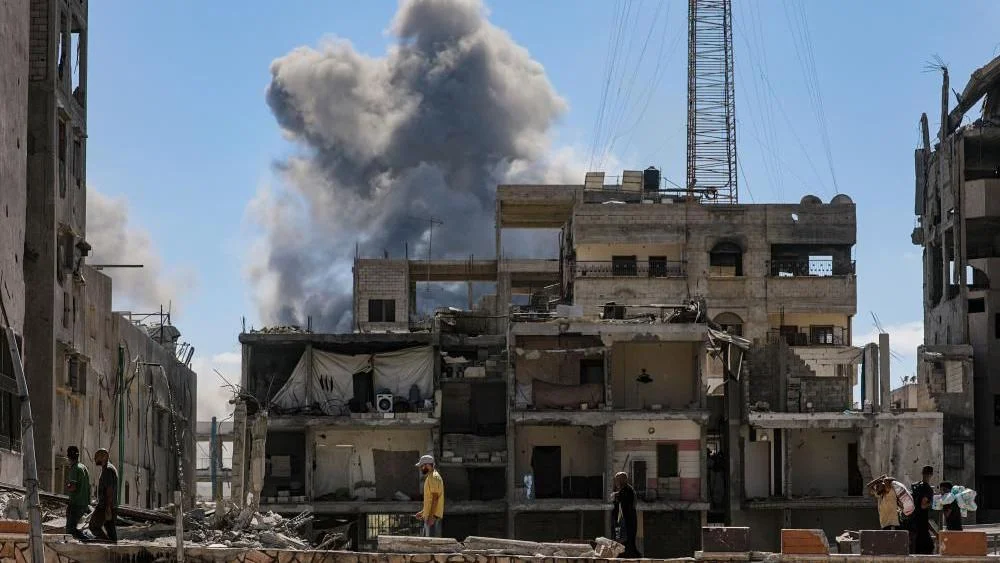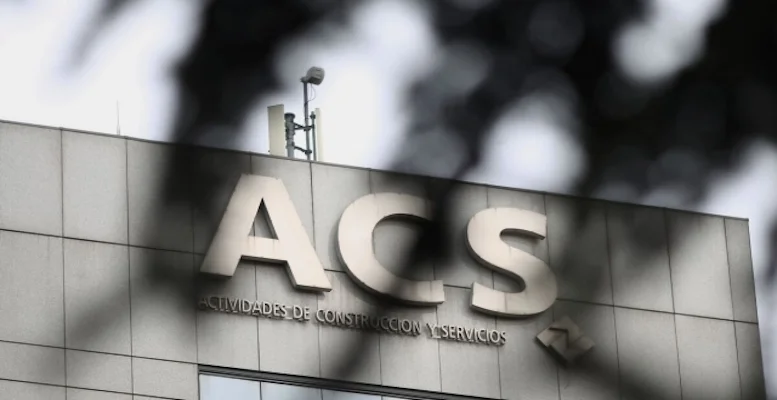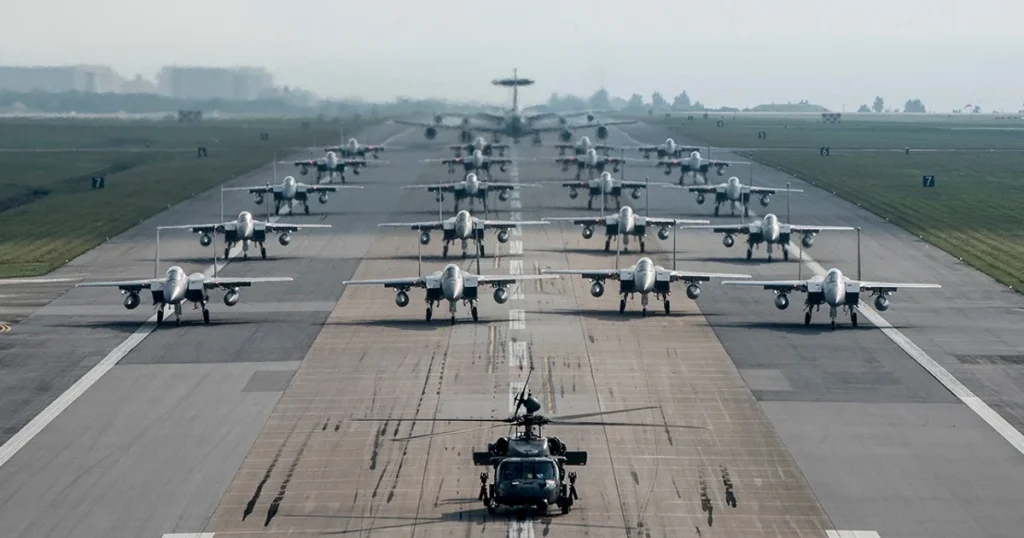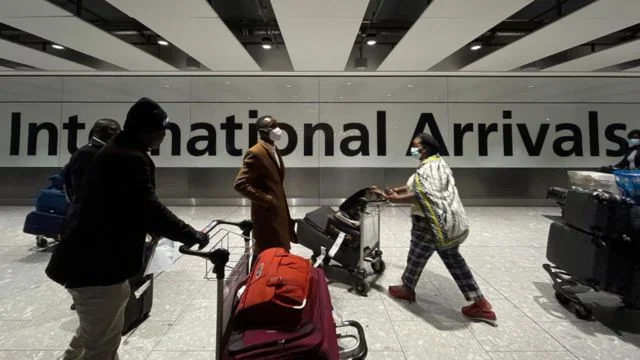The word “historic” has echoed across headlines following Monday’s meeting between President Donald Trump and Syria’s new leader, Ahmed al-Sharaa. The description truly fits. For one, al-Sharaa, once known as Abu Mohammed al-Jolani during his years as a terrorist leader, has become the first Syrian president ever to step inside the Oval Office since Syria gained independence from France in 1946.
Even more striking, the meeting demonstrates a bold example of U.S. realpolitik: nearly twenty-four years after the September 11 attacks, a man once linked to al-Qaeda is welcomed at the White House with full diplomatic honors.
The meeting, held behind closed doors and accessed quietly through a secondary entrance, symbolizes the completion of al-Sharaa’s long rehabilitation, a journey reportedly supported by Trump himself. Just a year ago, he was still listed as a wanted terrorist with a $10 million bounty on his head. Now, he’s a sitting president shaking hands with one of the world’s most controversial figures.
But how did Ahmed al-Sharaa rise from militant commander to head of state and now, to the White House? More importantly, what does this meeting mean for Syria’s future, the balance of power in the Middle East, and its delicate relationship with the West?
Hamas Tightens Economic Grip
Following a ceasefire implemented last month, Hamas swiftly reestablished its authority over areas from which Israeli forces had withdrawn. The group executed dozens of Palestinians accused of collaborating with the opposing side, theft, or other serious crimes. While foreign powers universally demand that the group disarm and vacate governance, they have yet to agree on who should take their place.
A dozen residents of Gaza report an increasing sense of control exerted by Hamas. Authorities monitor virtually everything entering Hamas-held areas of Gaza. They are levying fees on some privately imported goods, including cigarettes and fuel.
Furthermore, they are fining merchants accused of overcharging for staple goods, according to ten residents, three of whom are merchants with direct knowledge of the fees.
Ismail Al-Thawabta, the head of the media office for the Hamas government, denied these claims. He stated that accounts of Hamas taxing fuel and cigarettes were inaccurate and denied the government was raising any taxes.
Administration or Entrenchment?
Al-Thawabta argued that authorities are merely executing urgent administrative and humanitarian tasks. He asserted they are making “strenuous efforts” to control consumer prices. He reiterated Hamas’ stated willingness to hand power over to a new technocratic administration, claiming the objective is to avoid chaos in Gaza. “Our goal is for the transition to proceed smoothly,” he stated.
Hatem Abu Dalal, a mall owner in Gaza, explained that prices remain high because the volume of imported goods is insufficient. He noted that government representatives are actively trying to impose order on the economy by touring areas, inspecting goods, and setting prices.
Mohammed Khalifa, a shopper in central Gaza’s Nuseirat area, lamented the instability: “Prices were constantly changing despite attempts to regulate them. It’s like a stock exchange.” He summarized the dire economic reality: “The prices are high. There’s no income, circumstances are difficult, life is hard, and winter is coming.”
Diplomatic Deadlock and US Concerns
President Trump’s Gaza peace plan secured a ceasefire on October 10. The plan also led to the release of the final living hostages seized during the October 7, 2023, attacks. The plan outlines several critical phases:
- Establishment of a transitional authority.
- Deployment of a multinational security force.
- Disarmament of Hamas.
- Commencement of reconstruction efforts.
However, sources indicate that a de facto partition of Gaza appears increasingly probable. Israeli forces maintain deployment in over half of the territory, and momentum to advance the peace plan is faltering.
Nearly all of Gaza’s two million residents live in areas controlled by Hamas. Hamas seized control of the territory in 2007 from President Mahmoud Abbas’ Palestinian Authority (PA) and his Fatah Movement. Ghaith al-Omari, a senior fellow at the Washington Institute think-tank, believes Hamas’ actions are aimed at proving a singular point to both Gazans and foreign powers: the group cannot be bypassed. “The longer that the international community waits, the more entrenched Hamas becomes,” Omari warned.
The Sticking Points
When asked about reports of Hamas levying fees on goods and other activities, a U.S. State Department spokesperson was direct: “This is why Hamas cannot and will not govern in Gaza.” The spokesperson noted that a new government can be formed once the United Nations approves Trump’s plan. They added that progress has been achieved toward forming the necessary multinational force.
The Palestinian Authority is aggressively lobbying for a role in Gaza’s new government, but Israel rejects the idea of the PA regaining full control. Fatah and Hamas remain fundamentally at odds over the composition of any new governing body.
Munther al-Hayek, a Fatah spokesperson in Gaza, argued that Hamas’ current actions “give a clear indication that Hamas wants to continue to govern.”
Meanwhile, small Palestinian groups that oppose Hamas have gained a foothold in the areas held by Israel, presenting a lingering challenge to Hamas’ authority.
Paychecks and Surveillance
Conditions for Gazans remain dire, despite an increase in humanitarian aid since the ceasefire. A senior Gazan food importer reported that Hamas has not reverted to a full taxation policy, but agents “see and record everything.” He noted that authorities monitor all goods entering the area, establishing checkpoints and stopping trucks to question drivers.
While price manipulators face fines, which helps reduce some prices, costs remain far higher than before the conflict. Citizens complain they have no money.
Before the war, the Hamas administration in Gaza employed up to 50,000 people, including police personnel. Al-Thawabta confirmed that thousands of these employees were killed. However, those remaining are prepared to continue working under a new administration.
Hamas authorities continued paying salaries during the conflict, reportedly drawing on stockpiled cash. Wages were standardized, with the highest salaries cut to 1,500 shekels ($470) per month.
Hamas authorities also replaced four regional governors who were killed and replaced 11 members of its Gaza politburo who died. Activist and commentator Mustafa Ibrahim asserted that Hamas is exploiting delays in the Trump plan “to bolster its rule.” He believes the group “will continue until an alternative government is in place.”
No Hiding Place: Nigeria to Tax Remote Workers and Track Global Income























